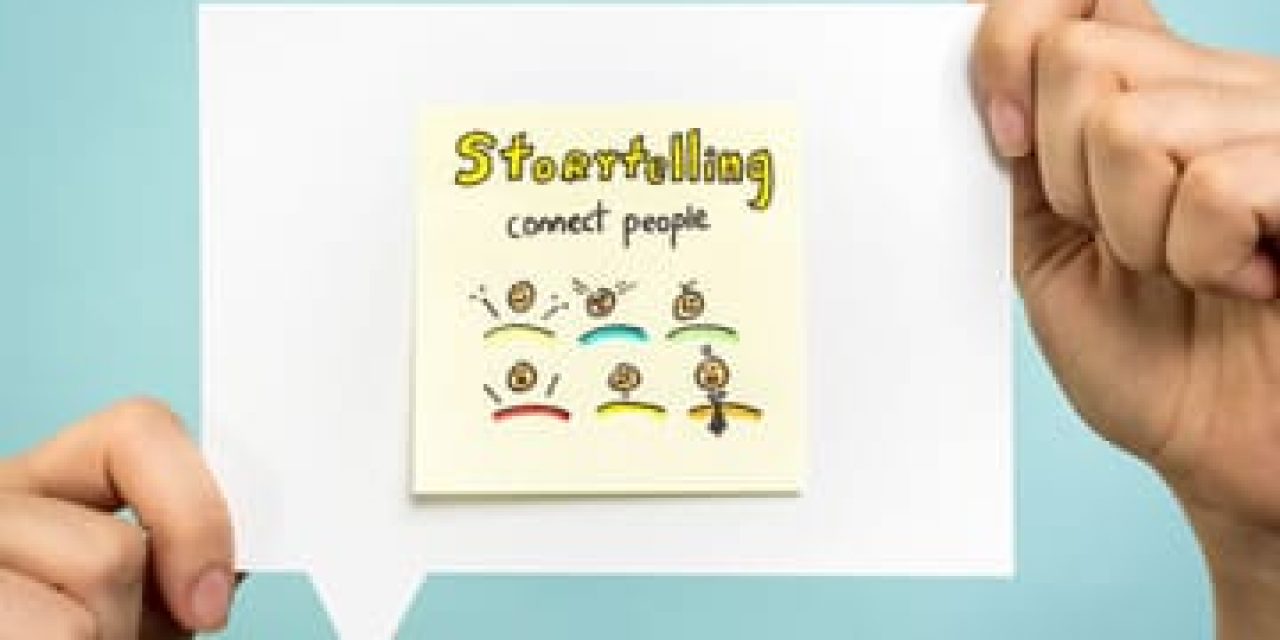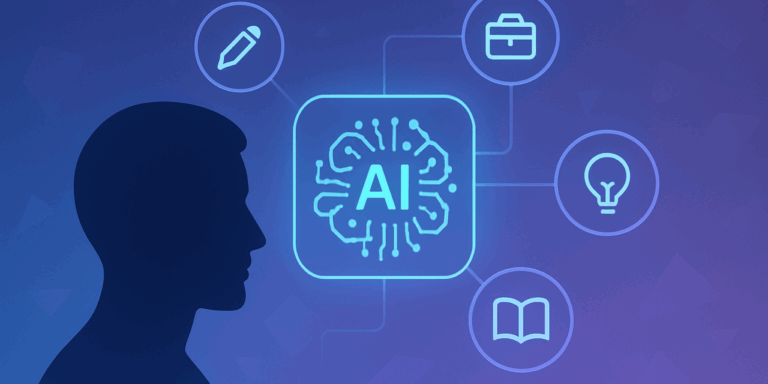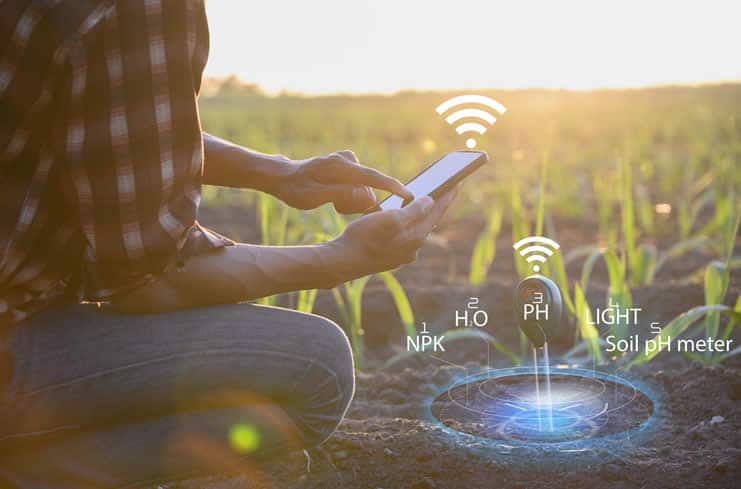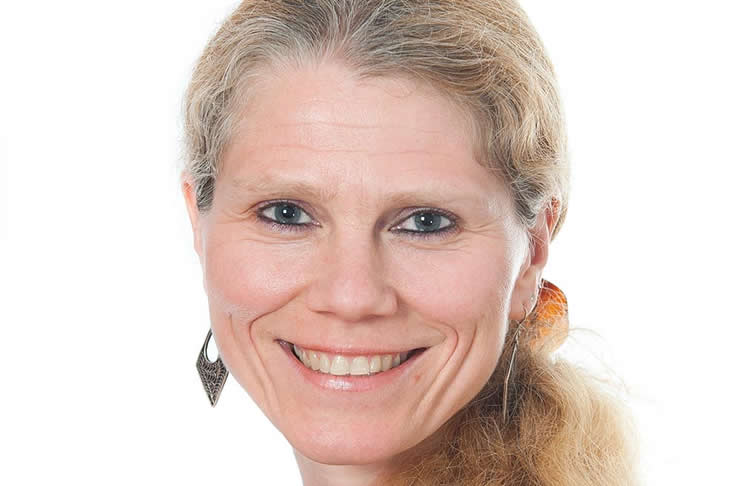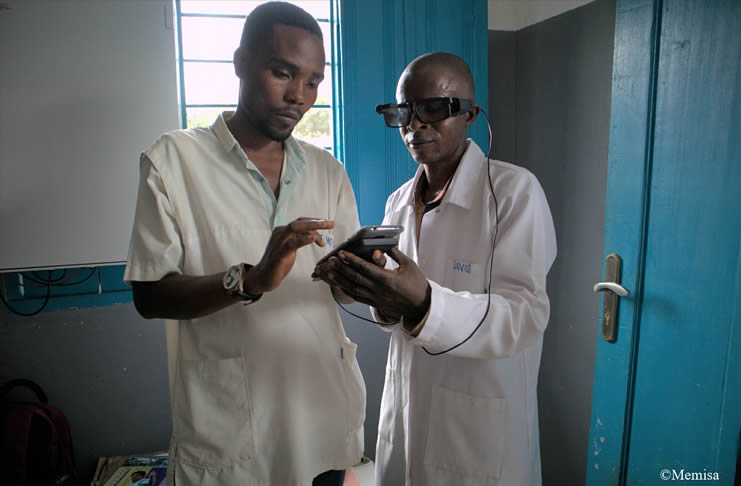This post is a sligthly modified version of a post originally published on the Wunderman EMEA blog.
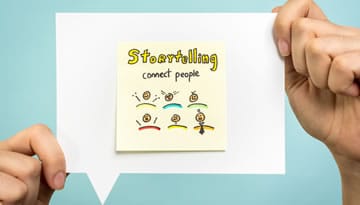 Brands are increasingly focusing on digital storytelling. It’s part necessity as getting the attention of consumers is harder and storytelling is an other way of engaging people that proves to be effective.
Brands are increasingly focusing on digital storytelling. It’s part necessity as getting the attention of consumers is harder and storytelling is an other way of engaging people that proves to be effective.
This doesn’t mean that storytelling in marketing is new of course. We covered the topic several times before and the best copywriters and direct marketers knew how to take readers from start to finish with a narrative consumers could emotionally relate with, long before Internet even existed.
While there are still very valid lessons to be learned from those days and from the world of literature, movies and all artistic and societal areas where stories are crucial, some things have changed.
Digital storytelling: the drivers
As said, the increasing attention for digital storytelling is driven by necessity but also goes hand in hand with the rise of predominantly digital marketing channels and tactics which lend themselves for it.
Just think about the link between storytelling and social sharing. Or about digital content marketing with its almost natural link with textual and visual – digital – storytelling.
And let there be no doubt: storytelling garnered more attention in marketing amid an ongoing media fragmention, shorter attention spans and an increasing distrust regarding monologues with (only) “look at us” brand and product messages or purely fact-based benefit messages as we’ve had them for quite some time. All of these phenomena one way or the other have been driven by the ways consumers use digital media and technology.
When stories meet: art and science
As you heard many times before, storytelling is an essential part of our human, social and even psychological nature. In a marketing and advertising context, storytelling obviously is not just about telling stories or having a more conversational and narrative approach in each piece of the marketing puzzle, with content playing a key role.
Good stories are remembered. And that requires art and science. Creativity and data.
The art of storytelling is the capacity to connect with an audience (really an individual human being) on an emotional level. It’s the creative dimension of finding the hook that grabs the reader/viewer by the throat and doesn’t let go because the story is so compelling and engaging for whatever – emotional – reason.
You’re talking to, with and through people who have their own stories to share. That’s where the magic happens: in the meeting of stories.
The science is where our understanding of audience triggers and motivations – data – meets the messages/values/stories we want to share and the ways to make them stick. Storytelling is probably one of the main domains where art, creative, science, audience, data and technique can get combined into great marketing. And in all honesty, the difference between ‘art’ and ‘science’ is far less of a difference than just explained.
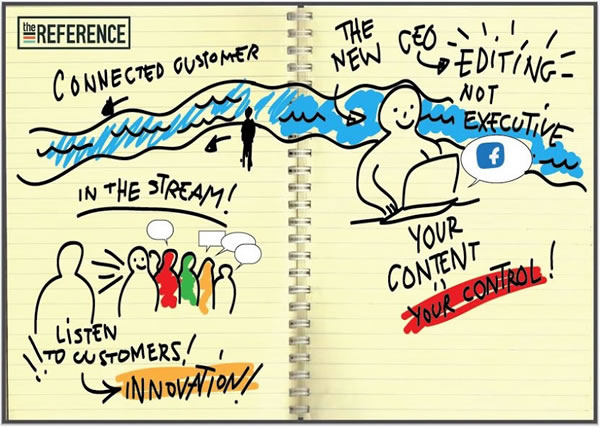
Make it personal
Do consumers always prefer stories and do we always need them? Sometimes customers just want plain facts and answers: when addressing (customer) questions becomes a content marketing strategy.
But even in these cases storytelling can be relevant when used for the right reasons. And these right reasons are to:
- make a lasting emotional connection,
- inspire and engage with a focus on the consumer’s story and personality,
- be better than the best answer.
Probably the aspect of personality and personalization is one of the greatest possibilities we now have in digital storytelling. The quantity and most of all quality of consumer-related data and information enables us to tailor stories and to involve consumers in the stories in unseen ways. As we often notice in great marketing and in the stories that just “happen” it’s this combination of involvement, personality and focus on the consumer as part of the story (instead of just us) that leads to stories that stand out and stick, especially if they come with a twist of simplicity.
People need to be able to relate with the story so if they’re part of it that effect only gets stronger. And why not reverse the view now and then? Because in the end we are not the storytellers, those that pass them on are. And they do so because they have their own stories. So, what are their stories? How do they reflect in data or in good old “user-generated content”?
Everyone is narrator and listener
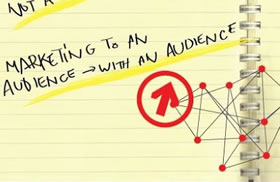
We often tend to look at consumers as “audiences”. It’s a term we even adopted in content marketing. Take the reverse view: what are their stories and do we know enough about them – which forces us to take the position of the audience listening/watching consumers and customers too.
The traditional structure of a story is not always a necessity anymore. Everyone is both narrator and listener. What matters is the part of the journey, the experience, the emotion across each story element and how consumers can identify with or even be the characters.
There’s an other way in which digital storytelling can differ. Shorter attention spans, changing formats (visual storytelling is big) and the reasons why consumers are online in any given context beg for differentiation. Storytelling isn’t always linear anymore in a channel-agnostic consumer reality. Creative approaches can bend the rules. And the mindset, expectations and precious time of consumers make a personalized, contextual and engaging approach/format even more important, forcing us to listen to the stories of consumers. As I wrote before: we are the audience.
Story to data to story
That’s also why data and measurement are not optional in digital storytelling. How well does the story stick, how personal is it, does it match expectations and context? What’s the mutual value and how can we make it better and more engaging? Last but not least: (how) does it get shared and why?
Because good stories get shared. And consumers have more possibilities to do so. At the same time, by involving them and even capturing their stories, we can not just show our attention but also leverage consumer stories in unseen ways.
Storytelling is a social phenomenon in all sense of the word and passing on stories is what we do. Providing the ability to do so – at scale – is what social sharing and viral marketing in the end are all about. And isn’t storytelling about connecting too?
Garnering insights about how the story gets born, told, shared and acted upon in an ever more visible digital and social space and tells us many stories and leads to more data and insights, enabling us to become even better participants in a digital storytelling reality.
Top image purchased under license from Shutterstock
